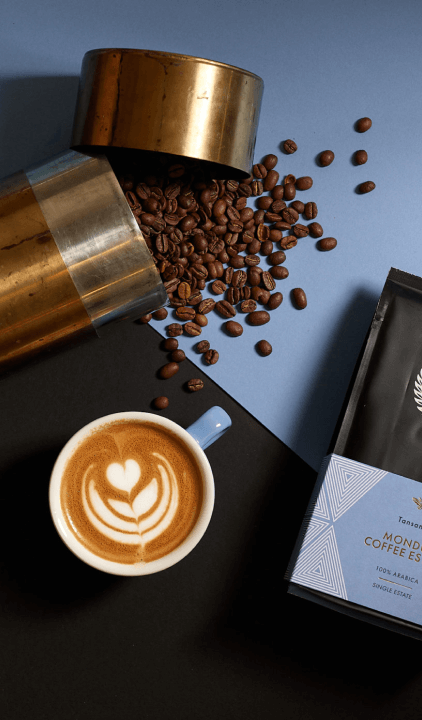HERE’S HOW TO STEAM MILK THE PROPER WAY
Nothing beats a flat white with the perfect mix of coffee and a velvety smooth milk foam. We’ve put together a short guide on how to create proper microfoam.
First, a few facts: The quality of the foam is primarily determined by the protein content of the milk or using the right foaming temperature, and not by fats (which are mainly flavour carriers). Good microfoam consists of so-called “microbubbles” that stick to the protein molecules in the milk. Aerating the milk with hot steam creates a lattice structure comprising air, protein, fat and sugar. The more intricate the grid, the glossier and creamier the milk foam. To make proper frothed milk, you’ll need: the right milk, a suitable jug, the optimal temperature when steaming and good technique. Then, simply add great coffee. For a professional finish, you can pour fancy patterns into the coffee. We will give shortly an introduction into latte art.
INGREDIENTS
Fresh and cold cow’s or plant-based milk
TOOLS
Coffee machine with steam wand
Milk jug
Thermometer (optional)
METHOD
Step 1
Fill the jug with milk.
Step 2
Briefly switch on the steam wand to clear out any trapped water or milk residue.
Wrap the wand with a clean rag to prevent splashing.
Step 3
Position the tip of the steam wand approximately 1 cm below the milk surface and at least 1 cm from the edge of the jug. Keep the jug horizontal to the floor throughout the steaming process.
Step 4
Hold the handle with one hand and grasp the jug with the other to keep it in place and control the temperature. Optionally, you can also use a thermometer.
Step 5
Drawing phase: Position the steam wand at a maximum angle of 20 -40 degrees to supply the right amount of air. The volume of the milk-air mixture should increase by approximately 30%. Hold for 3 – 4 seconds.
Step 6
Roll phase: Position the steam nozzle close to the edge of the jug and rotate at
approximately 40 degrees. Keep steaming until the milk has an ideal temperature
of approximately 65 degrees. If you don’t have a thermometer, you can use your
hand as an indicator: As soon as the jug gets almost too hot to hold, the milk is
at the right temperature.
Step 7
Switch off the steam and immediately wipe the wand with a cloth.
Step 8
To remove the air bubbles on the surface of the milk, tap the jug on the
counter and swirl it once or twice.
Step 9
Pour the milk foam into the espresso and enjoy.
Tips
- Always use fresh and cold milk. Milk should not be heated twice.
- If you want to practice first, you can work with a mixture of water and milk.
- To ensure the steam wand is positioned correctly, try holding it parallel to the spout of the jug.
- Make sure you sufficiently aerate the milk in the beginning, as it becomes increasingly difficult to compress the bubbles into the fine foam as you go along.
- If the steam wand only foams the milk on the surface and too much air is added,
slowly move the jug until the texture of the bubbles become finer. - If there is insufficient aeration (the milk is just heating up and not forming more
bubbles), slowly move the jug downwards to supply more air. - To check whether the milk-to-foam ratio is optimal, pour the milk into the coffee and push the foam aside with a spoon. If the coffee and milk foam have blended together underneath the foam, the relationship between milk, air and steam was correct. If no mixing has taken place and the milk foam only floats on top of the coffee, the bubbles that were created in the drawing phase were too large.
Do you have questions or suggestions?
Contact our roastery:
043 960 38 20 | info@vicafe.ch






